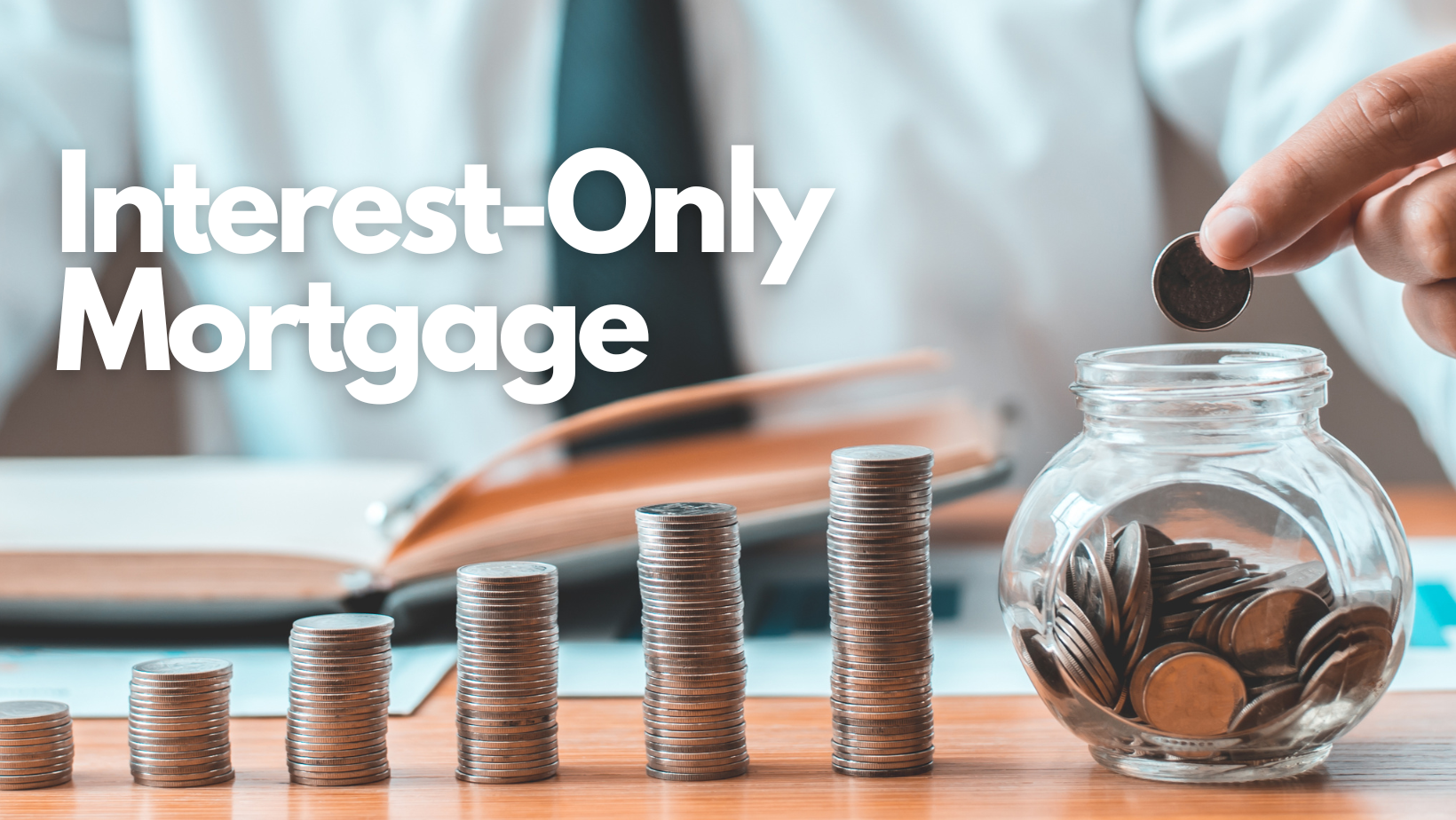If you’re interested in keeping your monthly housing costs low, an interest-only loan may be a good option. What is Interest-Only Mortgage?
An Interest-Only Mortgage is when the first several years of the loan you only pay the interest (up to 10 years), which makes your monthly payments lower. Once the interest-only period ends, you begin paying both the interest and principal.
Most interest-only loans are structured as an adjustable-rate mortgage (ARM), however you can get fixed rate as well. The interest rate on an ARM Loan can increase or decrease throughout the length of your loan, so when your rate adjusts, your payment will change too.
For example, if you take out a $200,000 interest-only ARM at 5%, with an interest only period of 5 years, you’d have to pay about $833 per month (only towards the interest) for the first 5 years. When this interest-only period ends, your monthly payment amount will change with the inclusion of both principal and interest payments.
The pros of an interest-only loan
Interest-only loans may make financial sense for some borrowers because:
- The initial monthly payments are lower.
- You may afford a more expensive home.
- Increase to your cash flow.
- Rates are usually lower for interest-only loans. It is a great option when mortgage rates are high. You can keep your monthly payments low and refinance when the mortgage rates go down.
The cons of an interest-only loan
Choosing an interest-only loan could be a risk for borrowers. Some cons with this type of loan include:
- You’re not building equity in the home.
- Low payments are temporary, prepare to pay more when interest-only period ends.


